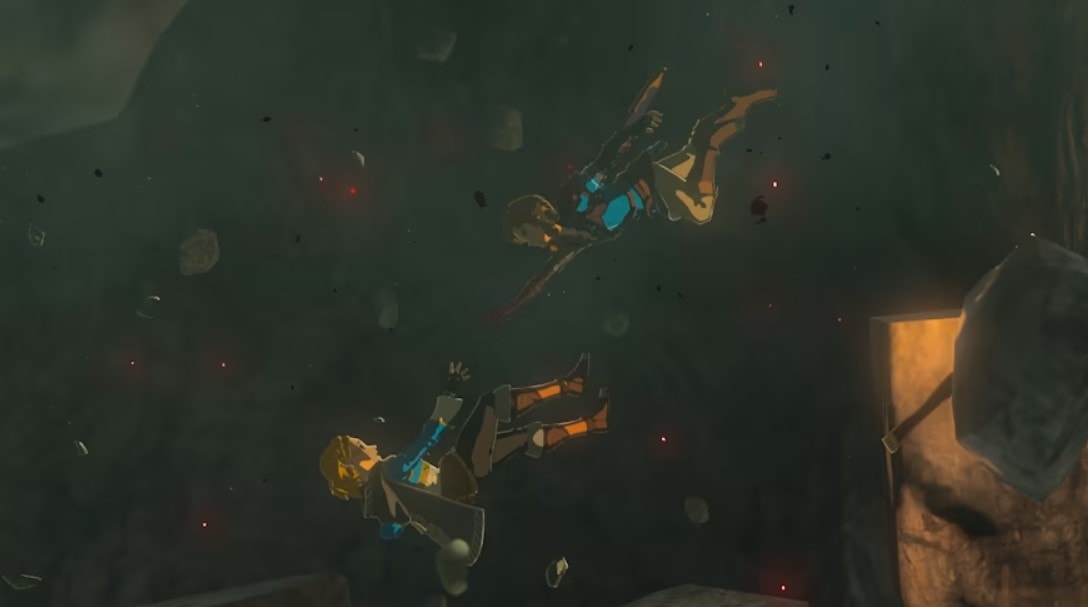
Link has always been a gender-neutral icon
With the release of The Legend of Zelda: Tears of the Kingdom, conversations about iconic protagonist Link’s appearance and the conclusions we can draw about his gender from it have once again surfaced. Gizmodo recently put out an article discussing Link’s gender and how its presentation has been impactful for transgender and other gender diverse folks over the years. Unsurprisingly, some people responded negatively, condemning the idea that Link’s gender or presentation might be anything other than cisgender. But the thing is, Link has always canonically had a complex relationship with gender and presentation, and has always been a gender-neutral icon.
In an interview with Time Magazine titled “Next Link May Not Be a Girl, But He’s Androgynous by Design,” Legend of Zelda producer Eiji Aonuma stated that he had envisioned Link as a gender neutral character since the Ocarina of Time days.
“Back during the Ocarina of Time days, I wanted Link to be gender neutral. I wanted the player to think ‘Maybe Link is a boy or a girl,'” Aonuma told Time. “If you saw Link as a guy, he’d have more of a feminine touch. Or vice versa, if you related to Link as a girl, it was with more of a masculine aspect. I really wanted the designer to encompass more of a gender-neutral figure. So I’ve always thought that for either female or male players, I wanted them to be able to relate to Link.”
“During the development of Twilight Princess, I went a different route and created a version of Link that was more masculine. But after Twilight Princess I went back to the drawing board and decided Link should be a more gender-neutral character,” Aonuma also said in the Time interview. “Hence I created the version of Link that you see in Breath of the Wild. As far as gender goes, Link is definitely a male, but I wanted to create a character where anybody would be able to relate to the character. So that’s why I think the rumor went around that Link could be a female. Because maybe the users were able to relate in that way.”
This design philosophy ties directly into the age-old occurrence-turned-joke amongst gamers of people who aren’t in the know referring to Link as Zelda and vice versa. The Hero of Hyrule’s androgyny and similar hair and skin tone to the princess make it easy to confuse the two if you aren’t versed in at least the basic story of The Legend of Zelda games.
Link also isn’t the only one out of the two with ambiguous or diverse gender expressions. Princess Zelda presents herself as alter-ego, male Sheikah Sheik, throughout most of Ocarina of Time, fittingly complimenting Link’s androgyny in that game with a different presentation of her own.
Though you may not get to be gay in Tears of the Kingdom, there’s absolutely no denying that both the Princess and Hero of Hyrule have more complicated relationships with gender than just being cisgender. Both flirt with mixed gender or gender-neutral presentation, with Link having confirmation from one of the series’ producers of his intended androgyny to boot. Like it or not, The Legend of Zelda has queer elements at the very core of its character designs.





